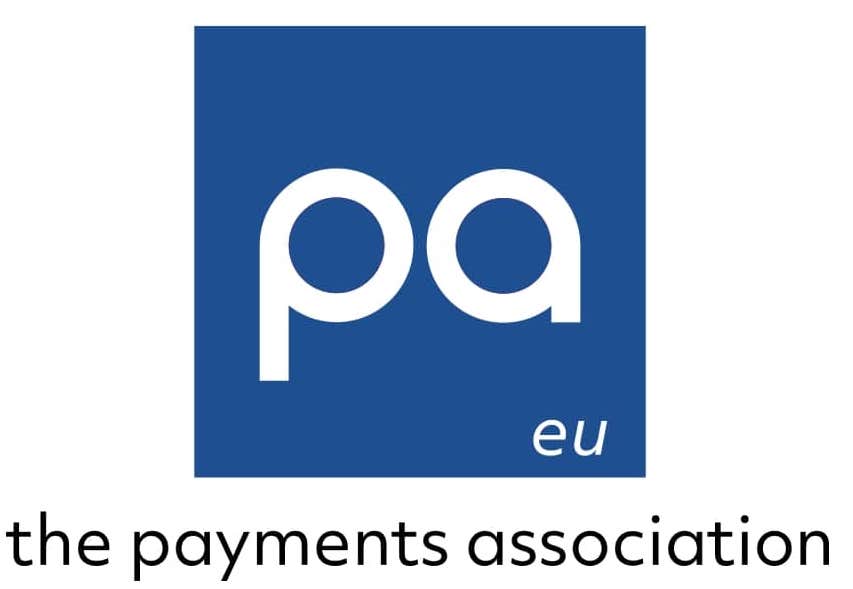Payments firms must streamline technology after acquisitions to boost agility and compete amid disruption.
In recent years, many payments businesses have aggressively pursued growth through acquisition. Whilst this is an essential route for companies to add new technologies, capabilities, and customers, our experience shows that it can also create significant barriers to driving or responding to the disruptive threats and opportunities they currently face.
Between 2019 and 2023, deals involving payments businesses reached 1,630; that M&A activity has left firms with fragmented technology estates situated across multiple geographies and operating on different architectures and stacks.
With these technology estates, it is hard to exchange and share data to build new data-led customer propositions. In addition, integrating disparate operating models and technologies, remediating pockets of obsolete or out-of-support technology, and addressing cyber vulnerabilities from historical acquisitions suck resources away from creating new products.
Disruptive threats and opportunities
The AlixPartners’ 2024 Digital Disruption Survey captured the views of 750 C-suite executives at large companies in the US and Europe during Q3 2024. Looking ahead to 2025, only 30% of financial services leaders – including those in the payments sector—saw digital disruption as a significant revenue opportunity. More than half see potential threats to revenue over the next three years.
New ways to make and receive payments from mobile phones and digital wallets, new payment routings and types, particularly the growth in account-to-account (A2A), and increased demand for omnichannel services accounts are just a few disruptive trends impacting payments. Responding to these trends requires payments businesses to have an agile and flexible approach to their technology.
Despite the scale of change facing the whole industry, only 14% of financial services leaders say they “always drive” disruption, compared to the 41% of technology companies who say they are always in the disruption-driving seat.
So, how can payments businesses, saddled with technology debt and overly complex operating models after many acquisitions, get ready to compete with new entrants or launch new products to address emerging customer needs and wants?
Drive better integration
Good post-merger integration (PMI) will reduce the complexity. It takes out platforms and their associated cost, reduces the siloed working inherent in supporting individual platforms, and migrates customers onto a single target architecture. This coherent, modern technology stack can respond to and capitalise on disruption.
However, an effective PMI programme cannot achieve this in isolation from the rest of the business, as market and customer needs continue to evolve rapidly.
Addressing the operational hangover of multiple acquisitions requires two approaches that may appear simple yet remain a challenge to execute successfully:
- A technology vision and strategy: allowing some areas of the architecture to be entirely reworked, decommissioned, and transformed while other areas are used to enable innovation and drive new product development.
- Prioritising scarce resources between these two areas of focus: and ensuring they are kept appropriately in balance at any given time—allocating resources may shift dynamically depending on the circumstances.
The AlixPartners survey reveals that financial services firms prioritise technology investments on customer service and experience, enterprise resource planning, and employee productivity. 47% of firms also say they are excellent at protecting data security and privacy, yet just 2% say the same about how they manage post-merger technology.
PMI activity and investment must target the following areas to ensure business readiness for future disruption and growth opportunities:
- Rigorous due diligence around technology: Fully understand what you are getting into and have a plan even before an acquisition is completed.
- Be clear on competitive differentiation: Each layer and component of your technology estate should have a clear link to business value, whether speed to market with new products, deep data and analytics, or low-cost transaction processing. Always ask, what will truly set you apart from the competition?
- Drive parallel efforts to both innovate and simplify: Your execution programme should make the most of the technology strengths and systematically tackle weaker areas, with clarity on how any subsequent budget constraints and resource tensions will be managed.
- Be ruthless in managing trade-offs: Understand that these fork-in-the-road decisions will need to be taken and will always be difficult. Establishing decision-making processes up front will prevent impaired progress at this junction and enable decisions to be made at speed.
Finally, be prepared to act decisively. Our golden rule working with clients in these situations is simple: “The best time to simplify your operating model is immediately after an acquisition. The second-best time is now.”
by Jonathan Hughes (Partner), Tim Roberts (Partner and Managing Director), Marcello Bellitto (Partner and Managing Director), AlixPartners

